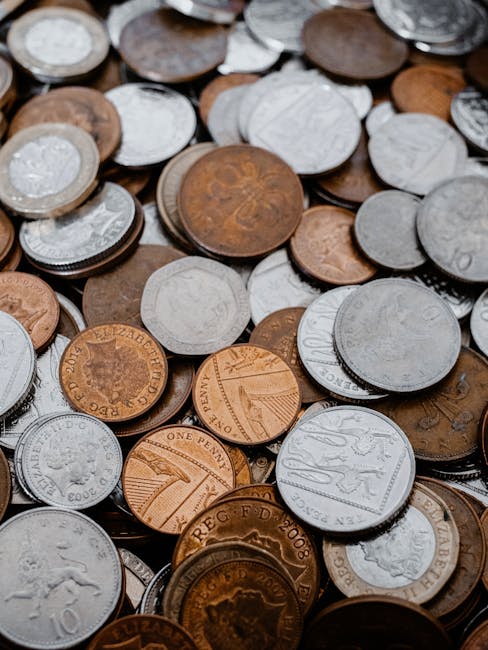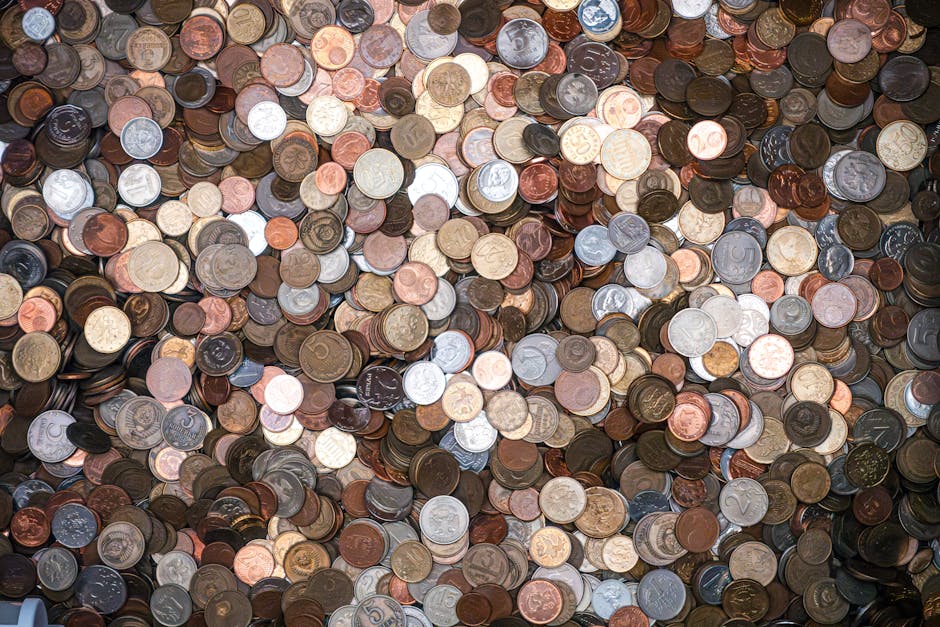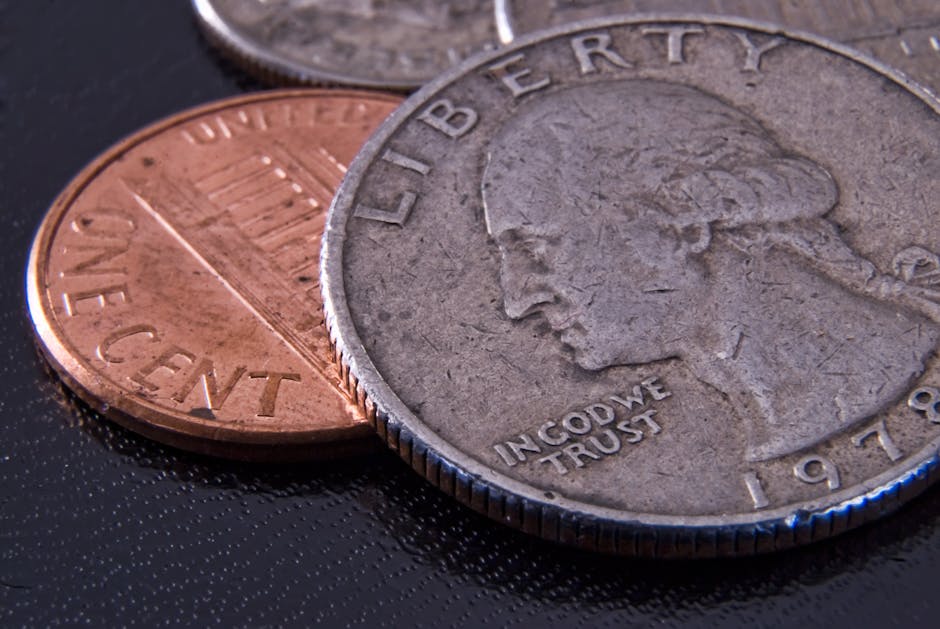The Treasury Penny: A Comprehensive Guide to America’s Smallest Coin
A Humble History: The Evolution of the Treasury Penny
The humble penny, that small, often overlooked copper-plated zinc disc, holds a surprisingly rich history within the fabric of American life. More formally known as the one-cent piece, the treasury penny has endured through economic shifts, technological advancements, and evolving social landscapes. From its inception to its current state, the penny’s journey reflects the nation’s own growth and transformation. This comprehensive guide delves into the fascinating story of the American penny, examining its design changes, production methods, and its enduring place in numismatics and popular culture.

Early Days: The First Copper Cents
The story begins long before the modern penny we know today. The first cent, authorized by the Coinage Act of 1792, was made entirely of copper. These early pennies, often referred to as “large cents,” reflected the burgeoning nation’s ideals and were considerably larger and heavier than their modern counterparts. Their designs varied over time, reflecting evolving artistic styles and national pride. These early pennies, while now prized by collectors, represented a fundamental shift in American currency, moving away from colonial-era reliance on foreign coins towards a distinctly American monetary system.
The early years of the large cent saw a variety of designs, some featuring the head of Liberty, others incorporating allegorical figures representing agriculture and industry. These variations in design, combined with the fluctuating value of copper, contributed to their varying rarity and collectibility today. Mintages varied from year to year, making some dates rarer than others, a factor crucial for determining a coin’s value in the numismatic market.

The Transition to Smaller Sizes: From Large Cents to Small Cents
As the 19th century progressed, the size and composition of the penny underwent several significant changes. The large size of the early cents proved impractical for daily transactions, leading to the introduction of smaller, more manageable designs. The smaller cents, often known as “small cents,” maintained the copper composition but reduced the overall size and weight, improving practicality and reducing production costs. These changes marked a pivotal moment in the penny’s history, signaling a shift towards greater efficiency and practicality in the American monetary system.
The Introduction of Different Metals: The Rise of the Lincoln Cent
The Lincoln cent, introduced in 1909 to commemorate the 100th anniversary of Abraham Lincoln’s birth, cemented the penny’s iconic status in American culture. This design, featuring a profile of Lincoln on the obverse and the Union shield on the reverse, remains in use to this day, although minor variations in the design have been implemented over the years. The enduring popularity of the Lincoln cent speaks volumes about the coin’s cultural resonance, serving as a lasting symbol of American history and values.
The composition of the penny has also changed over time, reflecting shifts in global metal prices and economic conditions. For much of its history, the penny was comprised of pure copper. However, during times of economic strain or resource scarcity, alternative compositions were used. These changes are significant markers in the penny’s history, reflecting not only changes in manufacturing technology but also broader economic and political shifts in the United States.
The Modern Penny: Copper-Plated Zinc
Today’s penny is primarily made of zinc, coated with a thin layer of copper to maintain its familiar appearance. This change in composition, implemented in the 1980s, reflected the rising cost of copper and the need for a more cost-effective production method. Despite this shift in its core composition, the modern penny retains its iconic status and continues to serve its essential role in the American monetary system.
Collecting Treasury Pennies: A Numismatist’s Delight
The treasury penny, with its diverse history and numerous variations, is a popular target for coin collectors. The variation in designs, metal compositions, and mint marks throughout the years makes collecting pennies a rewarding and endlessly fascinating pursuit. Collectors often focus on specific eras, mint marks, or error coins, each adding a unique layer to the hobby. The value of a penny can range from its face value to thousands of dollars, depending on its rarity, condition, and mint mark.
Identifying Rare and Valuable Pennies
Identifying rare and valuable pennies requires a keen eye and a solid understanding of numismatic principles. Collectors look for several key features, including mint marks, date variations, and errors in the minting process. Rare mint marks, such as those from early years or less popular mints, significantly increase a penny’s value. Errors, such as off-center strikes or double dies, can also be extremely valuable to collectors.
Grading Pennies for Value
The condition, or grade, of a penny significantly impacts its value. Professional numismatists use a standardized grading system to assess a coin’s condition, taking into account factors such as wear, scratches, and other imperfections. A coin in near-mint condition will command a significantly higher price than a well-worn coin.
Preserving and Protecting Your Collection
Proper preservation is crucial for maintaining the value and integrity of your penny collection. Collectors use specialized holders and albums designed to protect coins from damage and environmental factors. These protective measures ensure that the coins remain in optimal condition, thus retaining their value over time.
The Future of the Penny: An Ongoing Debate
The future of the treasury penny is a topic of ongoing debate. The cost of producing pennies, particularly given the relatively low value of the coin, has sparked discussions regarding the feasibility of eliminating the penny entirely. This debate highlights the complex interplay between economic realities and the cultural significance of this small but iconic coin.
Beyond the Numbers: The Cultural Impact of the Penny
The penny’s impact transcends its purely monetary value. It holds a special place in American culture, representing concepts of thrift, frugality, and the accumulation of small gains. Its image appears frequently in popular culture, often symbolizing everyday life and the accumulation of wealth, however small.
From Piggy Banks to National Symbols: The Penny’s Enduring Legacy
From childhood piggy banks to national monuments, the penny has woven itself into the fabric of American life. Its enduring presence reflects its significance not only as a unit of currency but also as a symbol of American history, values, and the enduring spirit of innovation and resilience that has shaped the nation’s identity.
Exploring Different Penny Designs Throughout History
- Large Cents (1793-1857): Examining the various designs and their historical significance.
- Small Cents (1856-1909): Analyzing the evolution of size and design in this period.
- Lincoln Cents (1909-Present): Discussing the iconic design and variations over time.
Understanding Mint Marks and Their Significance
Mint marks are small letters or symbols that indicate where a coin was minted. Understanding these marks is crucial for determining the rarity and value of a penny.
The Role of Error Coins in Collecting
Error coins, such as those with double dies or off-center strikes, can be extremely valuable to collectors due to their rarity and unique nature.

Investing in Pennies: A Potential for Growth
While not a typical investment vehicle, certain rare pennies can appreciate in value over time, offering a unique and potentially rewarding investment opportunity for numismatists.
Conclusion: The Enduring Appeal of the Treasury Penny
The treasury penny, despite its seemingly modest status, represents a compelling intersection of history, economics, and culture. Its journey from a large copper disc to a copper-plated zinc coin mirrors the changing landscape of the United States, while its enduring presence in American life highlights its lasting cultural significance. For collectors, the treasury penny remains a rewarding and fascinating subject, offering endless opportunities for discovery and appreciation of American numismatic history.




